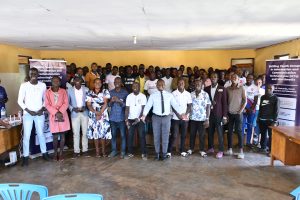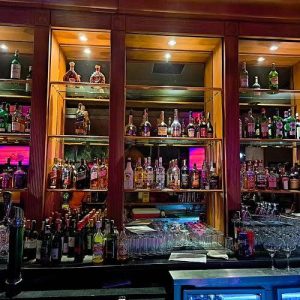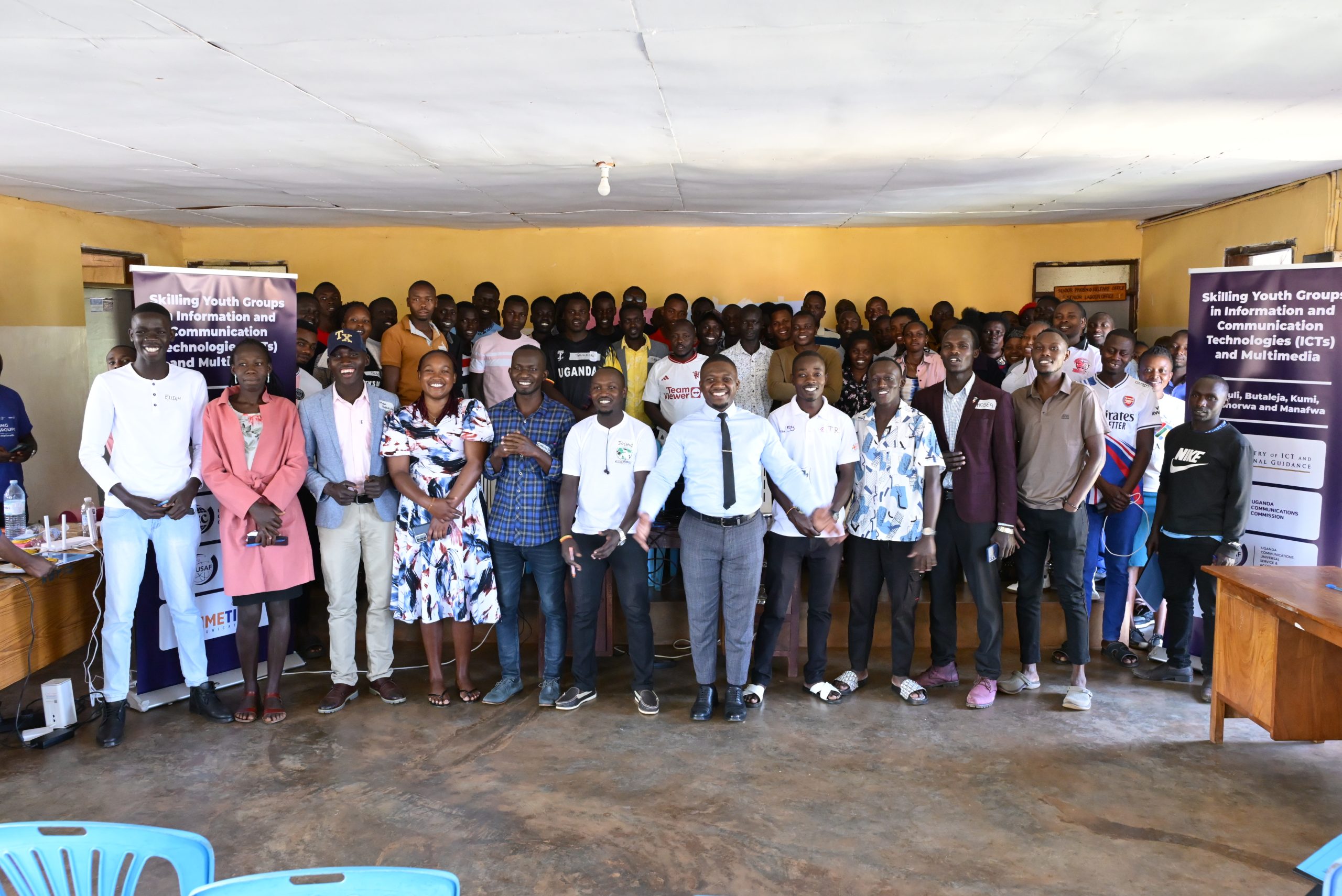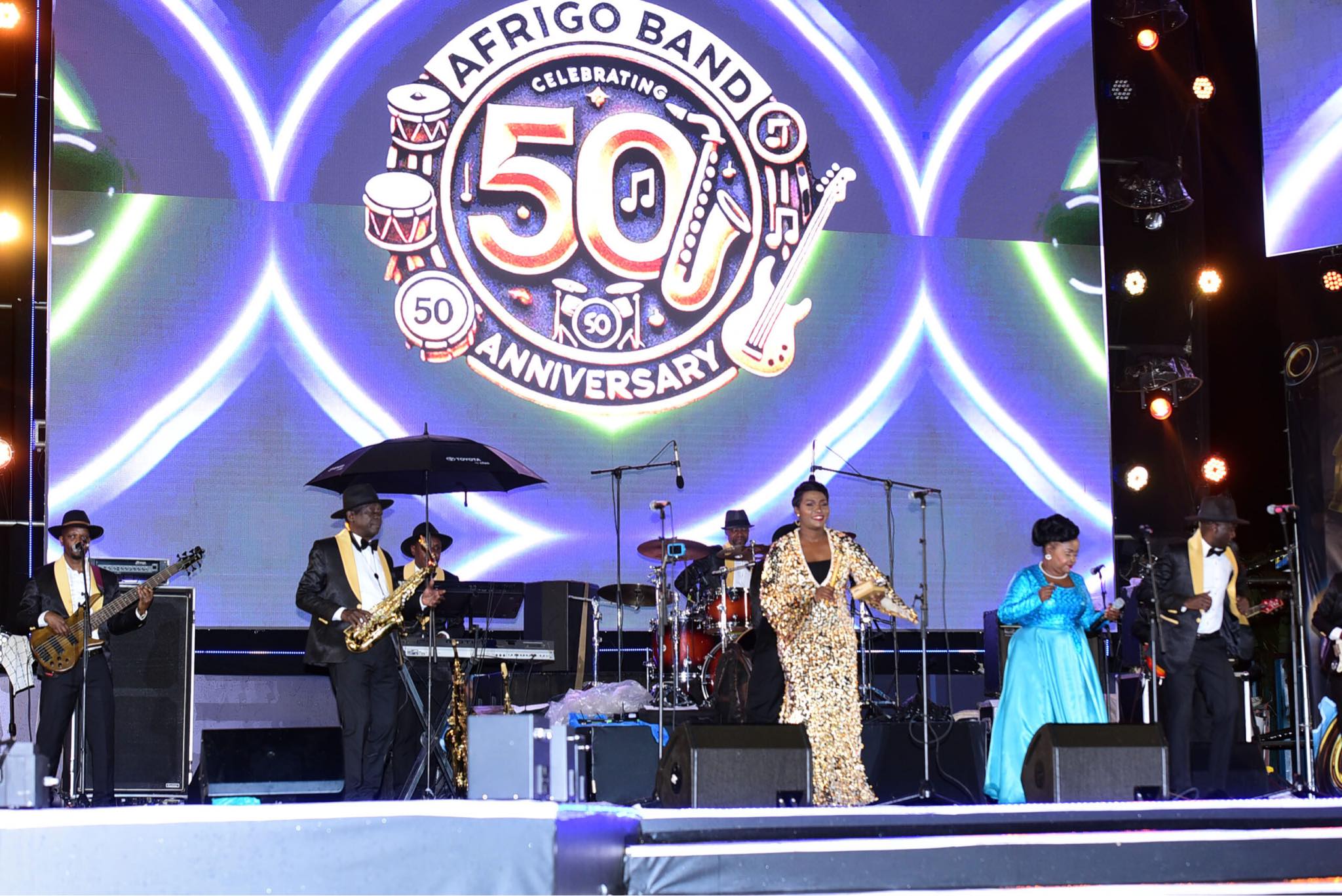By Denis Jjuuko
A poultry farmer somewhere in Uganda wakes up and looks at her chicken wondering what to do with it. She places a call to her customer to find out whether things have improved in the city. Lukaya and Namawojolo bus stops are empty, the customer says before adding that the hotels and restaurants are still closed. The farmer decides to reach for her savings for another sack of feeds. The birds must eat or else she will make a big loss. The cycle continues every week.
In another part of the country, a Matooke farmer is calling his transporter asking whether he will take matooke. Being a transporter, he promises that he will do something about it. The farmer smiles and waits for the truck driver who never shows up. He simply has nowhere to sell the matooke but is too shy to tell the desperate farmer the truth. I can say that about almost everyone in the agricultural sector. I heard that dairy farmers are pouring the milk away!
Although Covid-19 is exasperating farmers with dwindling markets, it has always been like this. In 2018, the maize market in Uganda crashed with a kilo going for a song. Two years later, with Covid-19 knocking on the door, terrified urbanites were buying a kilo of maize flour at almost a US dollar. Government, we heard, was buying at about US$1.5 a kilo as food for its “vulnerable poor.” Those who had kept the maize were in business. Those who are stocking maize now will make even more.
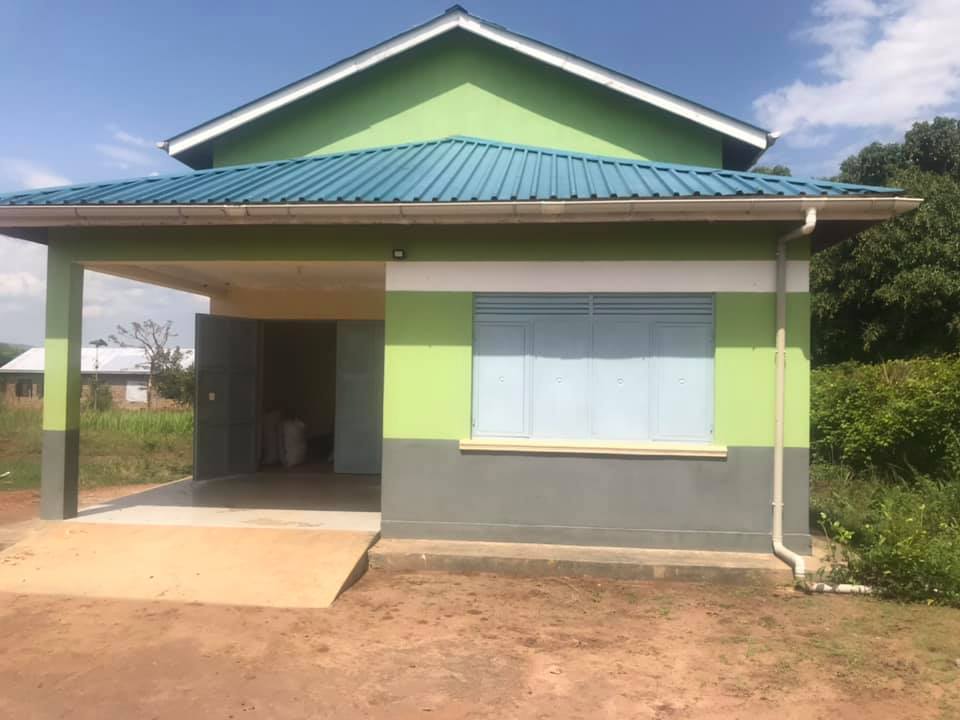
We are in the middle of the planting season but with the lockdown, many farmers are going to be affected with little access to money to work on their gardens. With an economy projected to recover around 2022, many people will simply give up. Yet this shouldn’t be the case. This should be the time when people are busy in farms preparing food for the future.
However, many farmers are discouraged because of the volatility of the market. Somebody plants tomatoes when the market is good and by harvest time, there are either no buyers or the returns are not worth the ink of this article. Frustrated, the youth come to the city to ride boda bodas.
We need to use this period to think of post-harvest handling in our country. The poultry farmer shouldn’t be so worried about his broilers today if he could have them stored in a cold room or processed into some other products that extend its shelf life. The maize farmer with a facility to store his products wouldn’t be so worried when the market crashes.
To be honest, organisations like NAADS have tried. The last time I was in Adjumani in West Nile, I saw a store where farmers keep their grain in some sort of plastic containers and bags where pests wouldn’t easily feast on them. A farmer keeps his produce there safely and decides when to sell. NAADS needs to have such projects in many other parts of the country.
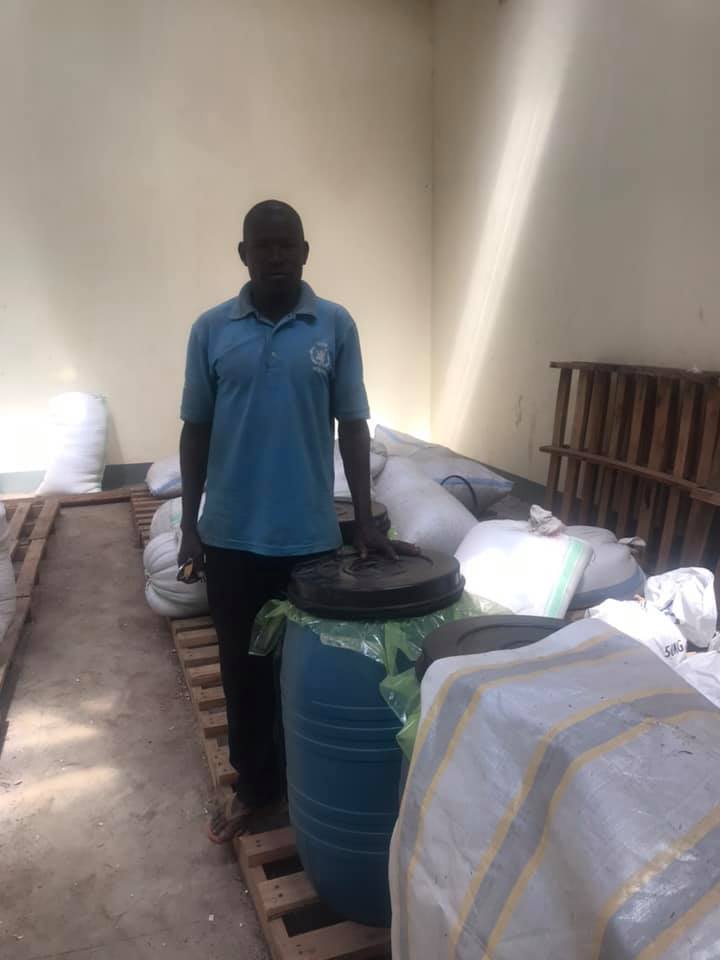
By improving post-harvest handling, farmers can have better prices which would in end attract more people to agriculture. Covid-19 has taught us that if there is a sector that can withstand lockdowns, it is the food industry. People have to eat and, therefore, we need to invest in it.
In his book, Uganda:7-Key Transformation Idea, Buganda Katikkiro Charles Peter Mayiga argues that there is need to zone the country where one area could be known for a particular product. That would attract investments in that particular area. Collection centres would easily be set up in a certain area for a particular product. A market for a particular crop would easily be set up. Look at coffee, for example, it mainly grows in certain areas so it is easy for coffee farmers to get a market than those growing all sorts of stuff in their little gardens.
The Food and Agriculture Organisation, a UN agency estimates that as much as 37% of food in Sub-Sahara Africa is lost between production and consumption. Our economy is essentially agro-based but we have been farming the same way we did before the European missionaries and Arabic traders arrived. We need to change and improve post-harvest handling which will increase value for our farmers.
The writer is a communication and visibility consultant. djjuuko@primetime.co.ug

